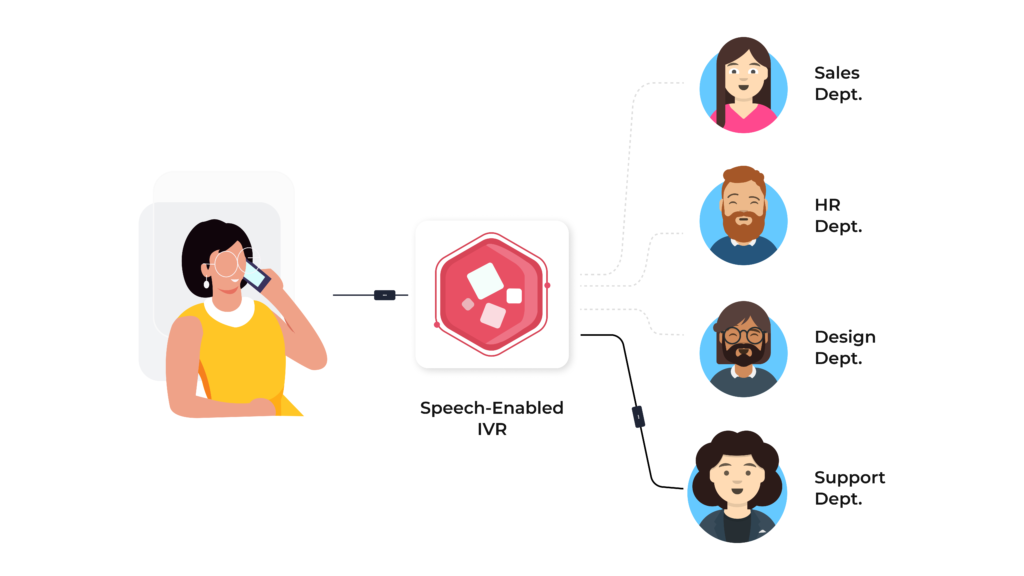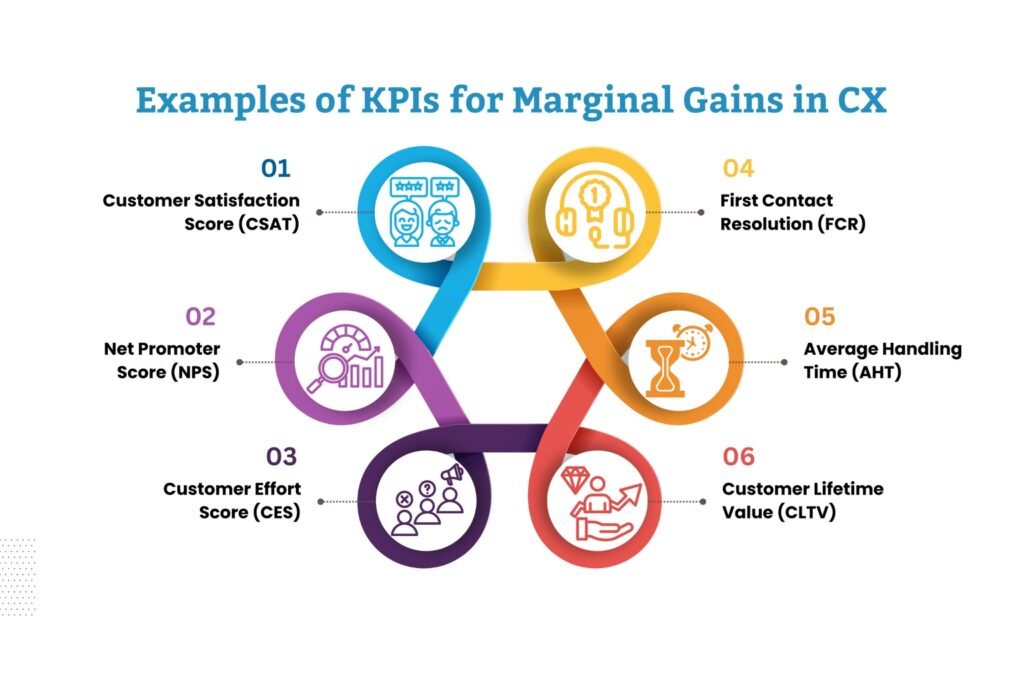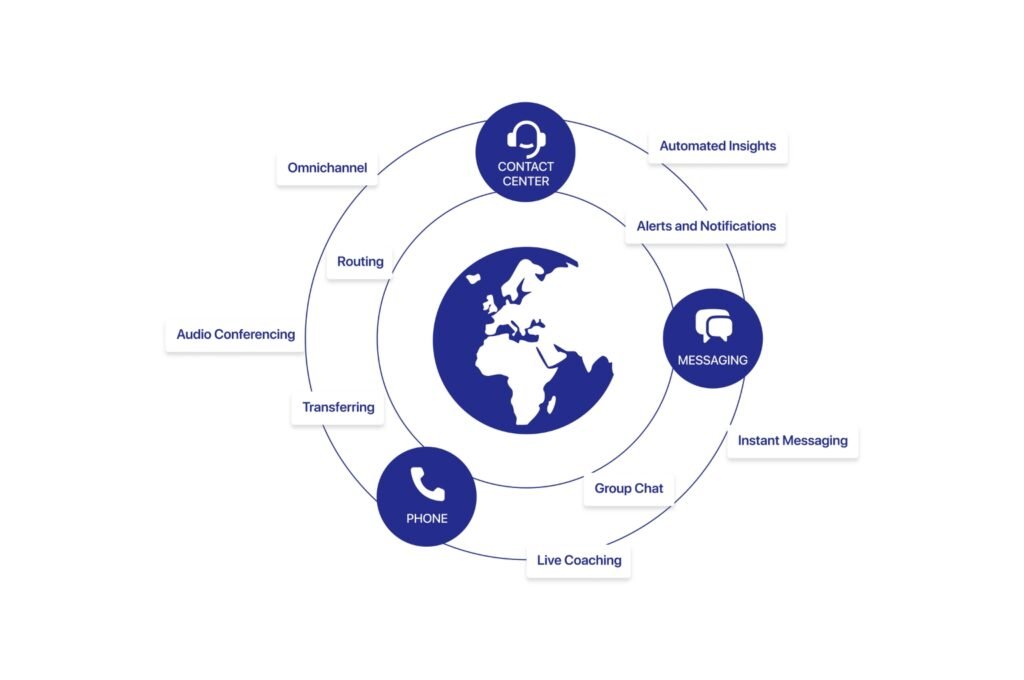Mastering Call Routing: From Basics to Intelligent Systems

Call routing is a critical component of modern contact center operations, ensuring that incoming calls are directed to the most appropriate agent or department. This process plays a crucial role in enhancing customer service by ensuring that callers are connected with the right person quickly and efficiently. Effective call routing also improves operational efficiency by reducing wait times, optimizing resource allocation, and improving overall call-handling processes.
What is Call Routing?
Call routing is the process of directing incoming calls to the most appropriate destination based on predefined criteria. This process has evolved significantly over the years, from manual switchboard operations to sophisticated automated systems that use data and algorithms to make routing decisions.
In the early days of contact centers, calls were routed manually by operators who connected callers to the appropriate department or agent. This process was slow and inefficient, often leading to long wait times and frustrated customers.
With advancements in telecommunication technology, automated call routing systems were introduced. These systems use IVR technology to collect caller information and direct calls based on predefined menus. IVR has significantly improved call routing efficiency by allowing callers to select the department or service they require, reducing the need for manual intervention.
Importance of Call Routing
In modern telecommunication systems call routing ensures that callers are connected with the right person quickly and efficiently. This not only improves customer satisfaction but also reduces operational costs and improves overall efficiency.
- Reduced Wait Times: Efficient call routing reduces the time callers spend waiting in queues, leading to higher customer satisfaction.
- Optimized Resource Allocation: By directing calls based on predefined criteria such as agent skills or availability, contact centers can ensure that calls are handled by the most qualified agent, leading to faster resolution times and improved customer satisfaction.
- Improved Operational Efficiency: Automated call routing systems improve operational efficiency by reducing the need for manual intervention. This allows contact centers to handle a higher volume of calls with fewer resources.
Types of Call Routing
There are several strategies used in call routing to ensure efficient and effective handling of incoming calls. Each strategy is designed to address specific needs and challenges faced by contact centers, providing a tailored approach to call routing.
- Time-Based Routing
Time-based routing directs calls based on the time of day or day of the week. This strategy is useful for businesses operating across different time zones or with fluctuating operational hours. For example, calls received after business hours can be routed to a voicemail or an overseas contact center where business hours are still active. Time-based routing ensures that callers are connected with the right department or agent, regardless of the time they call.
- Interactive Voice Response (IVR)
IVR plays a crucial role in directing calls to the right department or agent. It works by presenting callers with a series of menu options, allowing them to select the service or department they require. IVR reduces wait times by automating the call routing process and ensuring that callers are connected with the most appropriate resource quickly. This not only improves customer satisfaction but also reduces the burden on contact center agents.
- Skills-Based Routing
Skills-based routing matches callers with agents based on their expertise. This ensures that callers are connected with agents who are best equipped to handle their inquiries, leading to faster resolution times and improved customer experience. Skills-based routing is particularly beneficial for improving first-call resolution rates and reducing the need for call transfers, which can be frustrating for customers.
- Percentage-Based Routing
Percentage-based routing distributes calls among different agents or departments based on predefined percentages. This strategy is useful for managing call loads between teams or locations. For example, more calls might be routed to a team with more experienced agents, while a newer team gets a smaller share of incoming calls. It ensures a balanced distribution of workload, optimizing resource utilization and improving overall efficiency.
- Overflow Routing
Overflow routing is used to manage call volumes during peak hours or unexpected surges in call volume. This strategy automatically redirects excess calls to other agents or teams who have available capacity, ensuring that all calls are handled promptly. Overflow routing reduces wait times for callers and improves agent efficiency by preventing overload.
- Priority-Based Routing
Priority-based routing prioritizes calls based on predefined criteria, such as the caller’s status or the nature of the query. High-priority calls are routed to the front of the line or specialized agents, ensuring that urgent or high-value customer calls are addressed promptly. Priority-based routing improves customer satisfaction by ensuring that critical issues are resolved quickly and efficiently.
- Least Occupied Agent Routing
Least occupied agent routing ensures even workload distribution among agents by directing calls to the agent who has been idle for the longest time. This strategy helps manage agent fatigue and maintain service quality by preventing any single agent from becoming overwhelmed. Least occupied agent routing ensures that all customers receive timely service and improves overall efficiency.
- Voicemail Routing
Voicemail routing ensures that customer queries are captured during off-hours or high-traffic periods when agents are unavailable. This strategy allows customers to leave a message and receive a callback when an agent becomes available, ensuring that no query goes unanswered. Voicemail routing improves customer satisfaction by providing a way for customers to contact the business outside of regular business hours.
Intelligent Call Routing (ICR)
Implementing advanced call routing strategies, such as skills-based and intelligent call routing, significantly boosts operational efficiency and customer satisfaction. Research indicates that smart call routing can reduce average handling times by up to 40% while improving first-call resolution rates and enhancing overall customer experience.
Intelligent Call Routing (ICR) is a sophisticated system that uses data and algorithms to efficiently route calls in contact centers. By analyzing caller data and context, ICR ensures that calls are directed to the most appropriate agent or department, improving customer satisfaction and operational efficiency.
- Smart Decision-Making
ICR makes smart decisions by analyzing caller data and context. By using Automatic Number Identification (ANI) and Dialed Number Identification Service (DNIS), ICR identifies the caller’s phone number and determines the purpose of the call. This information is then used to route the call to the most suitable agent or department. Smart decision-making in call routing can reduce average handling times.
- Real-Time Adaptability
Real-time adaptability is crucial in handling fluctuating call volumes. ICR ensures that calls are routed efficiently, even during peak hours or unexpected surges in call volume. By dynamically reallocating resources, ICR prevents long wait times and ensures that callers receive prompt attention. Aberdeen Group found that companies with real-time routing capabilities experience a 25% increase in agent utilization and a 50% decrease in average handling times.
- Skill-based & Contextual Routing
Skill-based routing ensures that callers are connected with agents who can address their specific needs, improving first-call resolution rates and customer experience. Contextual routing takes this a step further by considering the context of the call, such as the caller’s previous interactions or preferences, to provide a personalized experience. According to a study by Salesforce, 72% of customers expect companies to understand their needs and expectations.
- Geographic Routing
Geographic routing is essential for localizing customer service. By routing calls based on the caller’s location, geographic routing ensures that callers are connected with agents who understand their regional specifics. This not only improves the quality of customer service but also enhances the overall customer experience. Research by Harvard Business Review found that companies that prioritize customer experience generate 60% higher profits than their competitors.
Examples of Intelligent Call Routing Technologies
- AI and Machine Learning: AI and machine learning technologies are increasingly being used in ICR systems to improve routing efficiency. These technologies analyze large amounts of data to identify patterns and trends, allowing for more accurate and effective call routing.
- Natural Language Processing (NLP): NLP technology is used to analyze the content of calls and identify the caller’s intent. This allows for more personalized and effective call routing, based on the caller’s specific needs.
- Predictive Analytics: Predictive analytics uses historical data to predict future call volumes and trends. By anticipating call volumes, predictive analytics can help contact centers allocate resources more effectively, ensuring that calls are routed efficiently.
By leveraging data and technology, ICR systems can ensure that calls are routed to the right agent or department, improving customer satisfaction and operational efficiency.
Benefits of Call Routing Systems
Call routing systems offer a multitude of benefits for businesses, ranging from faster issue resolution to cost efficiency and effective crisis management. By leveraging advanced technologies and intelligent routing strategies, these systems enhance customer satisfaction while optimizing operational processes.
- Faster Issue Resolution and Improved Customer Satisfaction
By directing calls to the most suitable agents based on predefined criteria, these systems minimize wait times and increase the likelihood of first-call resolution, enhancing the overall customer experience.
- Optimal Resource Utilization and Enhanced Scalability
By evenly distributing call volumes among agents and accommodating fluctuations in demand. This ensures consistent service quality and maximizes workforce efficiency, regardless of changes in operational requirements.
- Cost-Efficiency and Data-Driven Insights
Call routing systems offer cost-efficiency and data-driven insights by optimizing call handling procedures and collecting valuable data on call metrics, these systems enable businesses to achieve significant cost savings and make informed strategic decisions.
- Effective Crisis Management
Call routing does effective crisis management by enabling businesses to quickly adapt to unexpected changes in call volumes and prioritize urgent inquiries during high-stress situations. By implementing priority-based routing strategies and real-time monitoring capabilities, these systems ensure timely resolution of issues and efficient communication during crises.
Implementing Call Routing in Your Contact Center
Implementing call routing systems in your contact center can significantly improve operational efficiency and customer satisfaction. Here are some best practices and tips to help you make the most of your call-routing strategy:
- Utilize High-Quality Data
To ensure your call routing system is effective, it’s crucial to use accurate and up-to-date data. This includes customer information, agent availability, and real-time call data. Integrating your system with reliable data sources enhances its ability to deploy precise routing strategies, improving customer satisfaction and streamlining call processes.
- Assign Resources Based on the Skill
Categorizing agents based on their skills and regularly updating this information minimizes call transfers and wait times, providing a better experience for both agents and callers. By assigning agents based on their skills, you can ensure that each caller connects with an agent who has the expertise to address their inquiry effectively.
- Integrate Your Call Routing System
Integrating your intelligent call routing (ICR) system with tools such as customer relationship management (CRM) software is crucial. This integration provides your ICR with access to comprehensive customer data, offering agents a complete view of each caller’s history and preferences. By streamlining the routing process, this integration improves efficiency and enhances customer satisfaction.
- Collect Call Data
Gathering data on how calls are routed and how agents perform is vital for enhancing ICR systems. This information assists in pinpointing areas that need enhancement and adapting call routing accordingly. It ensures that the system remains responsive to changes in call patterns and customer needs. Analyzing metrics like issue resolution times and customer satisfaction levels aids in continuously improving the overall call routing system.
- Evaluate Your Performance
Regularly checking how well your ICR system is doing by using key performance indicators is crucial. To measure efficiency, track metrics like how quickly agents resolve issues and customer satisfaction. These regular evaluations help spot trends, make smart decisions, and adjust your call routing strategy to fit the changing needs of your business.
Implementing these best practices and tips can help you optimize your call routing system, improving customer satisfaction, agent productivity, and overall operational efficiency in your contact center.


